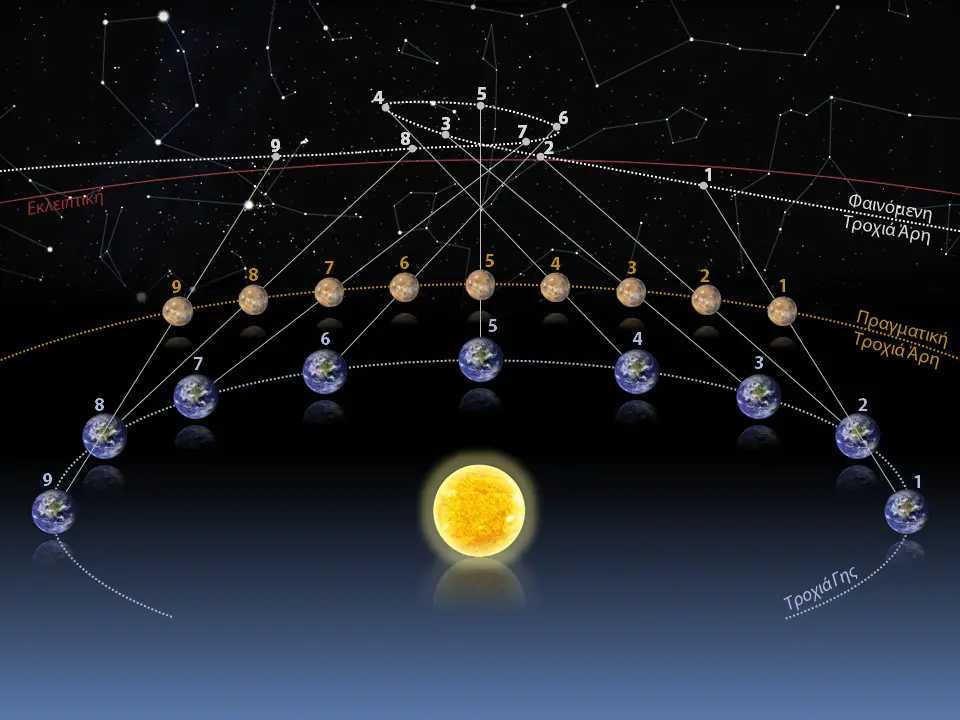Introduction
Mars, also known as the “Red Planet,” has always held a special place in people’s imaginations for hundreds of years. Because of its uncanny resemblance to Earth and the likelihood that it could harbor life, it has become the focus of a significant amount of research in the scientific community. Deciphering the Martian time system, which includes determining the duration of a Martian year, is one of the most important aspects of learning about Mars. This article explores the intriguing concept of time on Mars and delves into the riddles surrounding the length of a Martian year.
A Look at the Calendar Used on Mars
Before we can even begin to appreciate how long a year is on Mars, we need to get a firm grasp on their calendar. Mars shares with Earth an orbit around the sun, which results in a cycle that is analogous to a year. On the other hand, in spite of the fact that Mars orbits the sun at a substantially greater distance than Earth does, the length of a Martian year is comparable to that of our own.
Both the Revolution and the Orbit
Mars’ orbit around the sun takes approximately 687 earth days to complete one full cycle. This significantly longer orbital period is mostly caused by the higher distance that exists between Mars and the sun in comparison to the average distance that exists between Earth and the sun. Mars is approximately fifty percent farther away from the sun than the Earth is, which causes it to go around the sun at a more glacial pace.
Variations Relating to the Seasons
Similar to Earth, Mars has distinct seasons that change throughout time. On the other hand, because Mars has an elongated orbit and an axial tilt, its seasons are more noticeable and continue for a longer period of time than those on Earth. Mars has an axial tilt of around 25 degrees, which is relatively comparable to the tilt of the Earth’s axis, which is 23.5 degrees. The Martian year is comprised of four distinct seasons—spring, summer, fall, and winter—but each one lasts roughly twice as long as its counterpart on Earth.
The length of a Martian year is as follows
Taking into account the length of Mars’ seasons as well as the length of its orbital cycle, a Martian year lasts approximately 687 Earth days, which is equivalent to approximately 1.88 Earth years. This means that whereas we on Earth experience four seasons throughout the course of a single Earth year, Martians experience eight seasons during the course of their equal timeframe.
When compared to the Earth
There are a number of reasons that explain why a year on Mars lasts far longer than one on Earth. The average distance that Mars travels around the sun is around 142 million miles (228 million kilometers), while the average distance that Earth travels around the sun is approximately 93 million miles (150 million kilometers). In addition, the gravitational force of the sun is significantly weaker on Mars than it is on Earth, which is another factor that contributes to the planet’s slower revolution.
Concerning Mars Exploration: Implications
The variation in the duration of a Martian year has substantial repercussions for the organization of upcoming Mars missions and the planning of space travel in general. When it comes to mission planning, scientists and engineers need to take into account the prolonged time and make sure that their operations are synchronized correctly. This includes taking into account the length of time that the mission will take, the resources that will be available, and the projected shifts that will occur in the Martian environment throughout the course of the mission.
Conclusion
Mars, which is in close proximity to Earth, has its own distinctive and fascinating time system that is not analogous to ours. A typical Martian year lasts around 687 days on Earth due to the planet’s longer orbital cycle and its season’s tendency to last longer. It is essential for the success of future missions and the deciphering of Mars’s mysteries that we have a solid understanding of the Martian calendar and how it relates to the timekeeping system used on Earth.
The question of whether or not Mars is actually capable of supporting life has yet to be solved, but the study of time on the Red Planet has given us a better understanding of the complexities of this mysterious environment. Our knowledge of Mars and its temporal rhythm will continue to develop as humanity’s knowledge and technical capabilities advance, laying the path for future discoveries and prospective initiatives to colonize Mars by humans.
![]()
